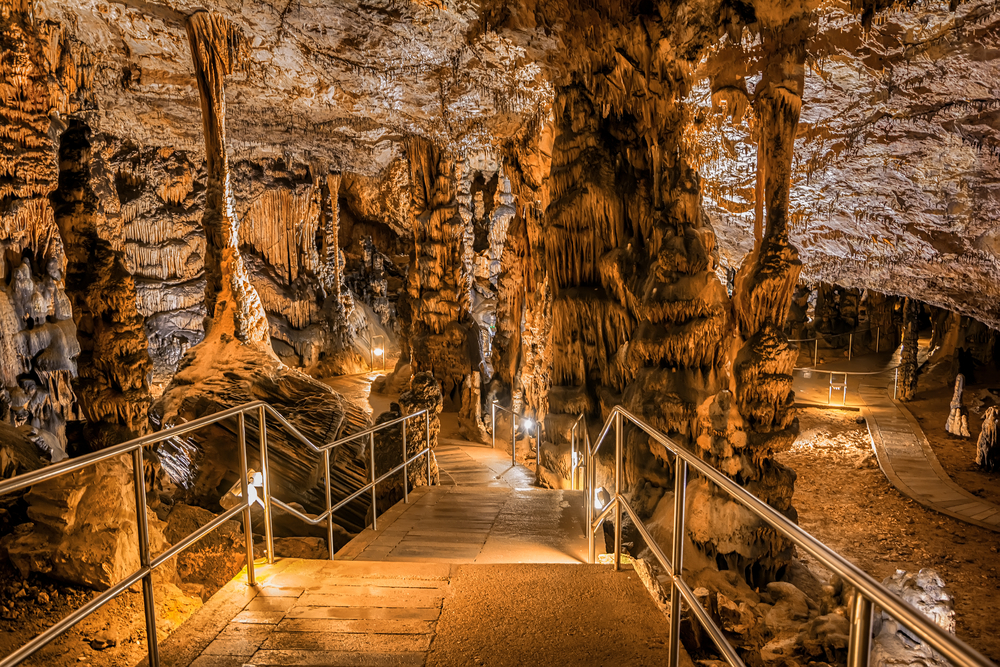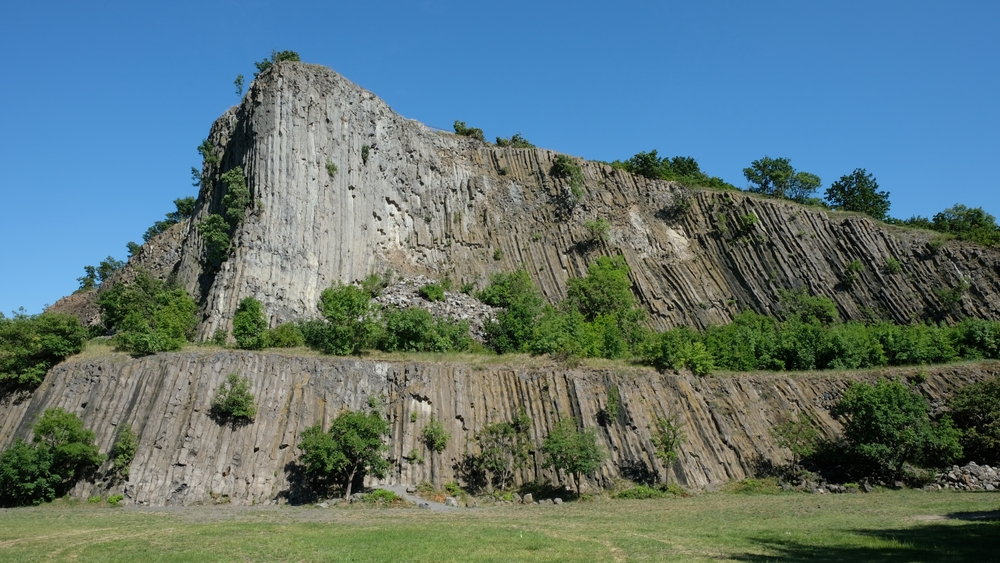Bükk Overview
Bükk National Park, known locally as Bükki Nemzeti Park, is the largest national park in Hungary, covering an area of approximately 167 square miles (432 square kilometers).
Established in 1977, it is located in northern Hungary, primarily in Borsod-Abaúj-Zemplén County, encompassing the Bükk Mountains, which are part of the North Hungarian Mountains.
This park is renowned for its extensive limestone and dolomite formations, creating dramatic landscapes filled with deep valleys, steep cliffs, and an extensive cave system, including some of the longest and deepest caves in Hungary.
The terrain of Bükk National Park is diverse, dominated by the rugged, forested peaks of the Bükk Mountains, which reach heights of over 3,300 feet (1,006 meters) at Istállós-kő, the highest point in the range. The park is rich in karst formations, boasting over 1,100 caves, many of which are of geological and paleontological significance.
Among them, the Istállós-kő Cave is particularly famous for its prehistoric archaeological findings. The Szalajka Valley is another striking feature, offering visitors stunning views of cascading waterfalls, including the Fátyol Waterfall, a multi-tiered limestone formation. The park is also home to Hungary’s only high-altitude plateau, known as the Bükk Plateau, which features open meadows and dense beech forests, some of the oldest in the country.
Bükk National Park is a haven for biodiversity, supporting a variety of mammals, birds, and plant species. The dense beech, oak, and hornbeam forests provide shelter for wildlife, including red deer, roe deer, wild boar, and the elusive Eurasian lynx. Smaller mammals such as European badgers, martens, and foxes are also commonly found.
The park is particularly notable for its birdlife, attracting ornithologists and birdwatchers from across Europe. It is home to more than 90 species of nesting birds, including the imperial eagle, saker falcon, Ural owl, and black woodpecker. Rare species like the white-backed woodpecker and peregrine falcon also thrive in the park’s untouched forests and cliffs.
One of the most popular destinations within the park is Lillafüred, a picturesque resort town featuring the breathtaking Hámori Lake, the Lillafüred Waterfall, and the historic Palace Hotel, a stunning example of Neo-Renaissance architecture.
Visitors can also explore the Szeleta Cave, which has yielded important Paleolithic artifacts. The Bükk National Park Visitor Center in Felsőtárkány provides insights into the park’s natural and cultural heritage through interactive exhibits.
Visitors engage with Bükk National Park through a variety of outdoor activities. Hiking and cycling are popular, with numerous well-marked trails leading to panoramic viewpoints, caves, and waterfalls.
The Lillafüred Forest Railway, a scenic narrow-gauge train, offers a relaxing way to experience the landscape. Caving enthusiasts can join guided tours to explore some of the park’s impressive underground formations. In winter, the higher elevations become a hub for cross-country skiing and snowshoeing.
Conservation efforts in Bükk National Park focus on preserving its unique karst landscapes, ancient forests, and rare wildlife species. The park is part of the Natura 2000 network, ensuring the protection of its habitats and biodiversity.
However, challenges remain, particularly in addressing illegal logging, habitat fragmentation, and climate change. Conservation successes include the reintroduction of certain raptor species and the effective management of old-growth forests, which support a diverse range of wildlife.












































































